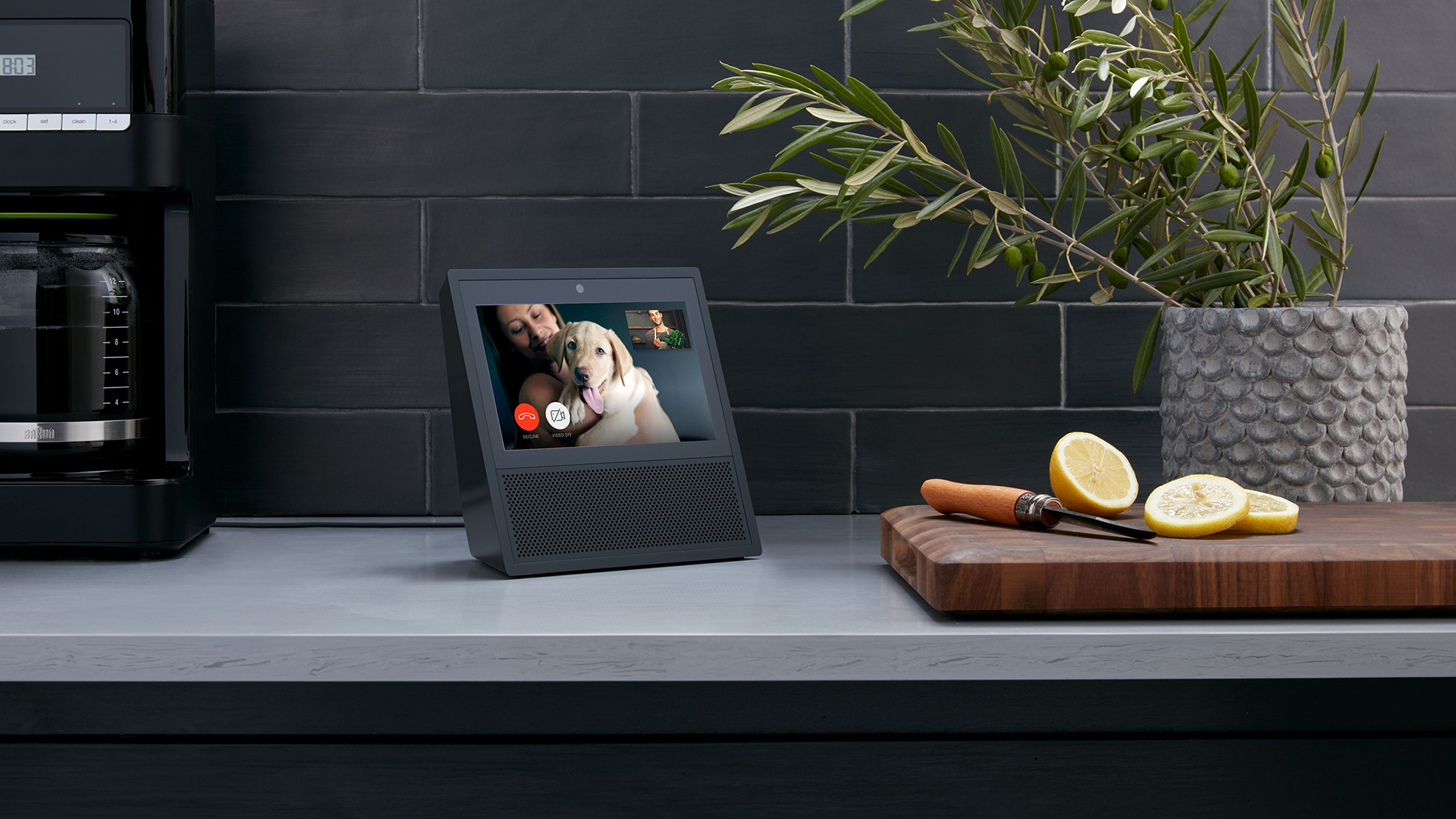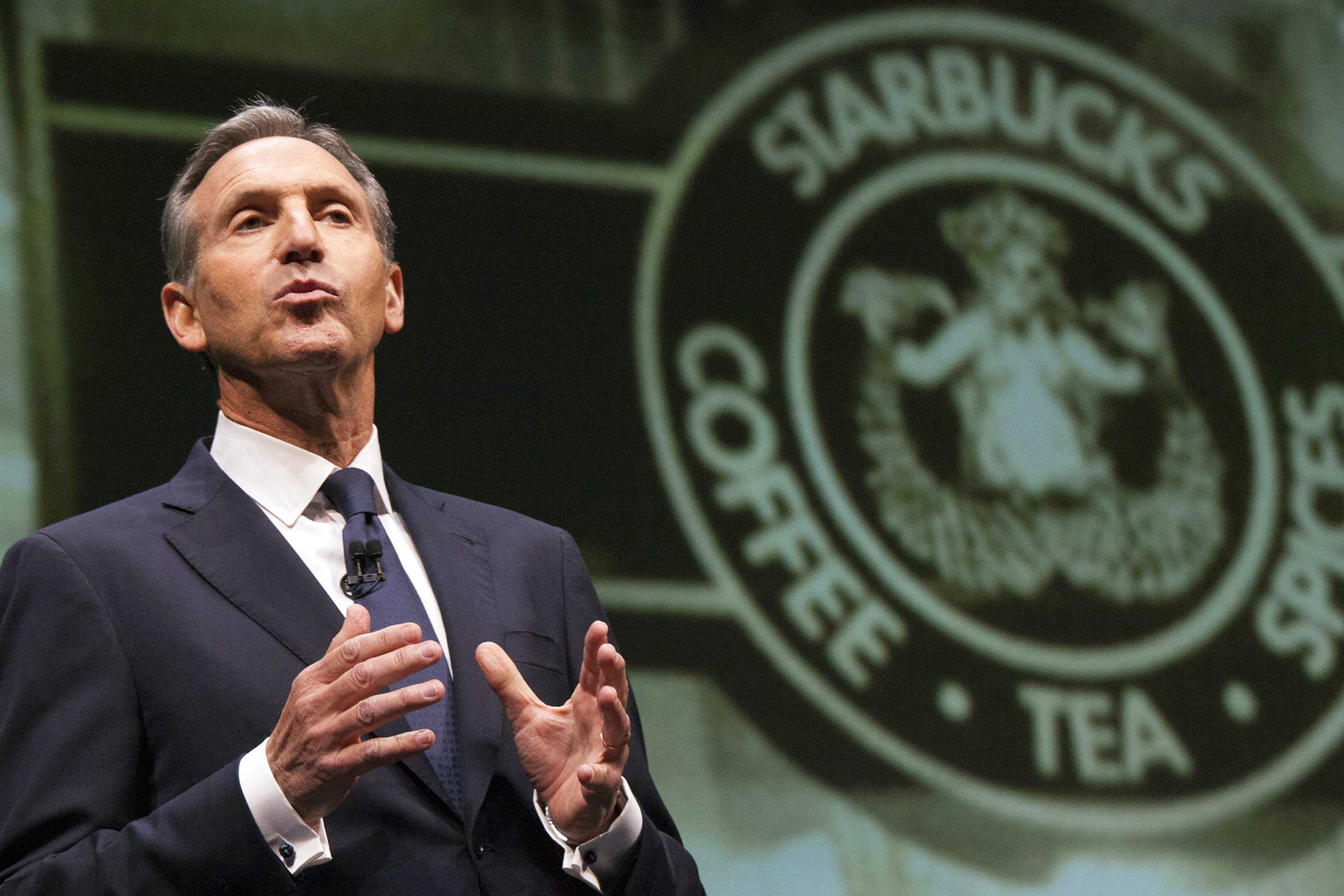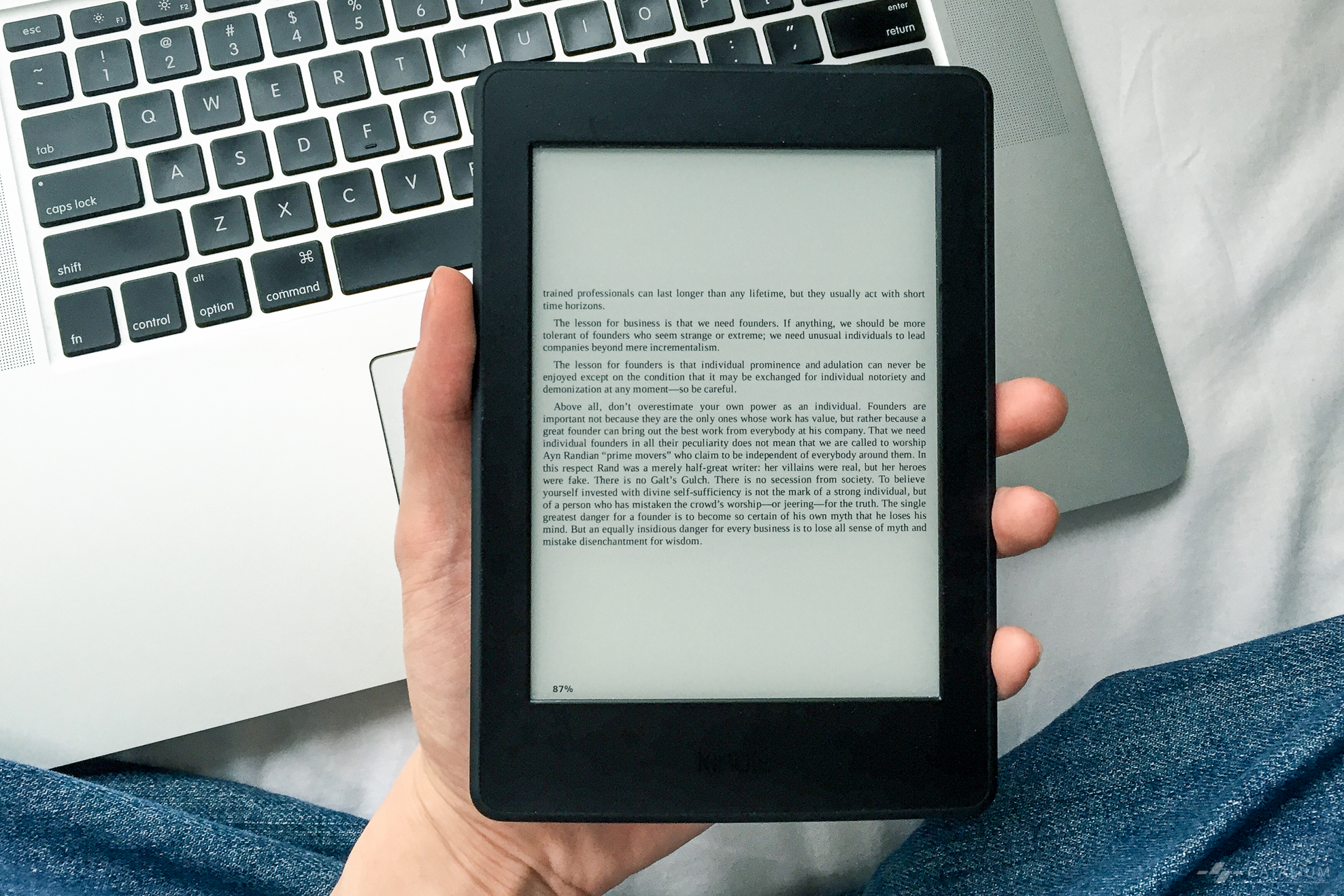I rarely comment on social news or politics, but I just heard California is reopening its economy—people start gathering and dining in restaurants—while it keeps popping up 3K more COVID patients each day. I’m deeply concerned about the situation in the coming cold weather.
Maybe for economic reasons, people have to work to make a living. But if we do it in the same way as we did pre-COVID, we spent 6 months fighting the virus in vain.
People tend to forecast the trend of COVID transmission based on the stat chart. When the daily new case gets to a lower level, they cheer and vow for reopening.
But I hold a strong opinion that the visual trend on the chart is MEANINGLESS for forecast—for a virus-based pandemic, each day is DAY ONE. Whenever there is one active carrier on the street, the exponential growth could spark again.
Attached two screenshots from JHU’s stat site. Data from European countries have proven my opinion. Take the Netherlands as an example, in June, the Netherlands government believed the virus was in control and thus lifted bans allowing bars and restaurant to reopen. Then from the second half of June, we can see a surge in the infection (COVID has a latency period of 7–14 days). And it went way beyond the first wave.
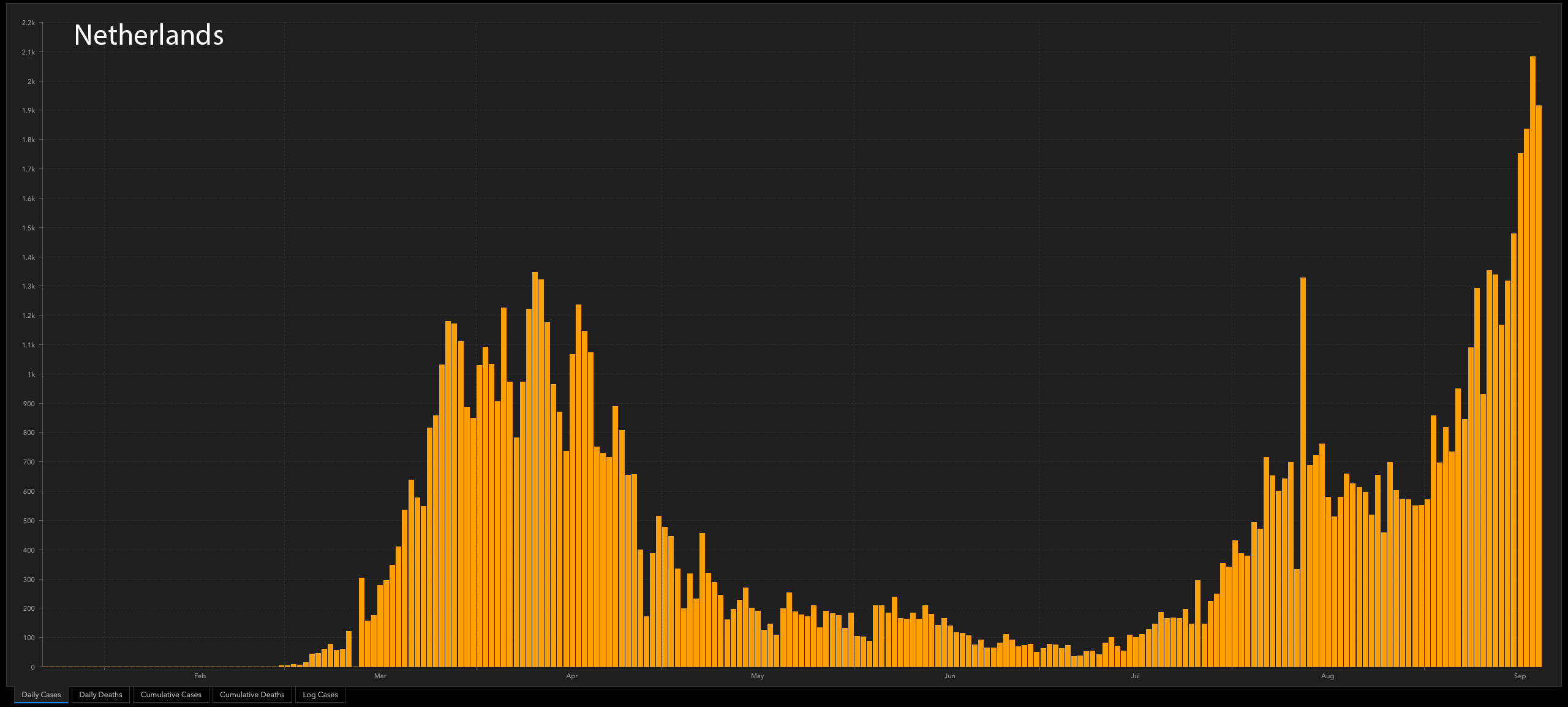

So why California is so confident it’s the time to reopen? If they don’t care about the China experience, does it bother to take a look at Europe? Do Californians want to lock down again when the daily new case jumped to 25K?
A friend of mine’s parents who live in California were just diagnosed with COVID. I feel truly sad about it. And I genuinely hope the politician can prioritize people’s life and death beyond economic interest. Money only matters when people are living well!
Uncle Sam, please be consistent, please be resilient, please make prudent decisions for the sake of human life.
Postscript 01/07/2021
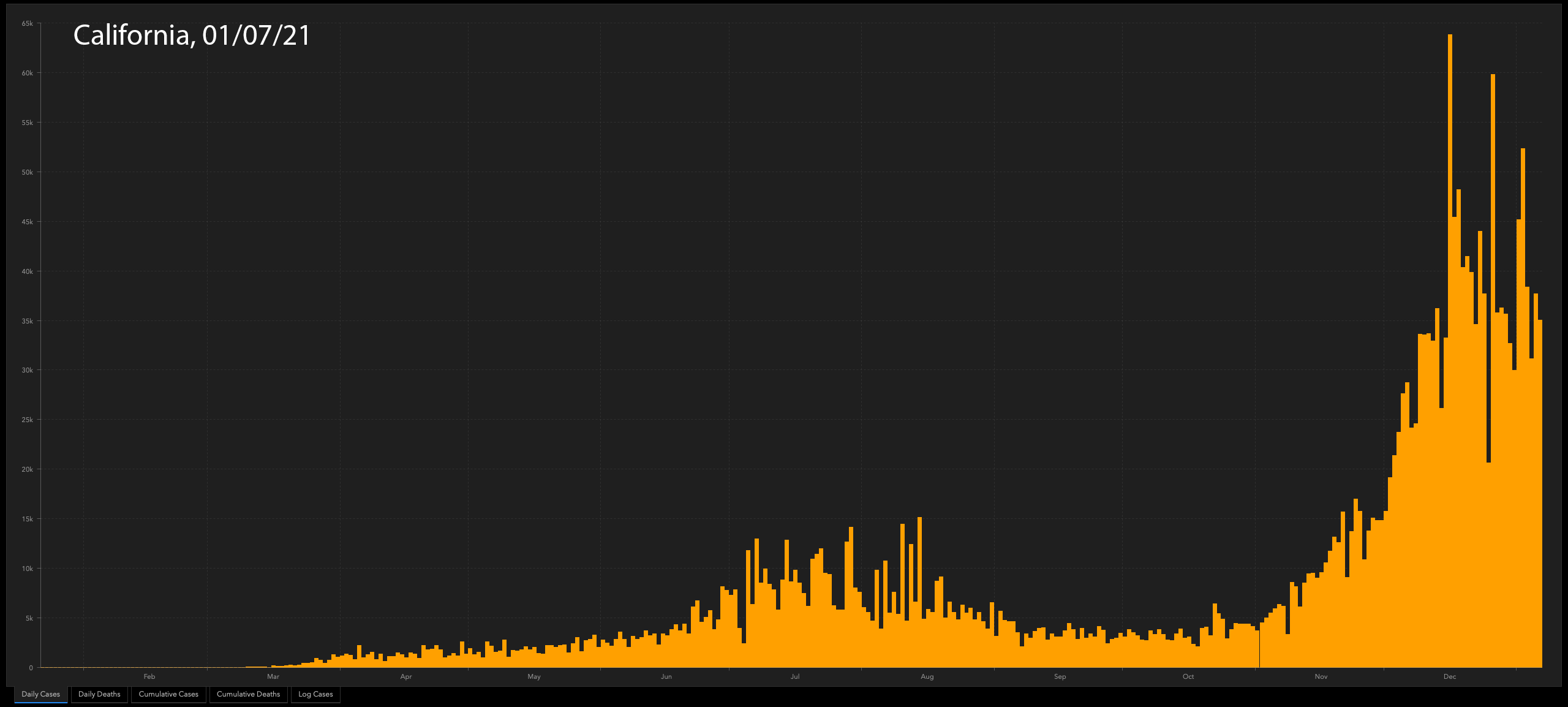
Almost four months after the original post, California now books 40k new cases per day. 10x the level when they loosened the control.
